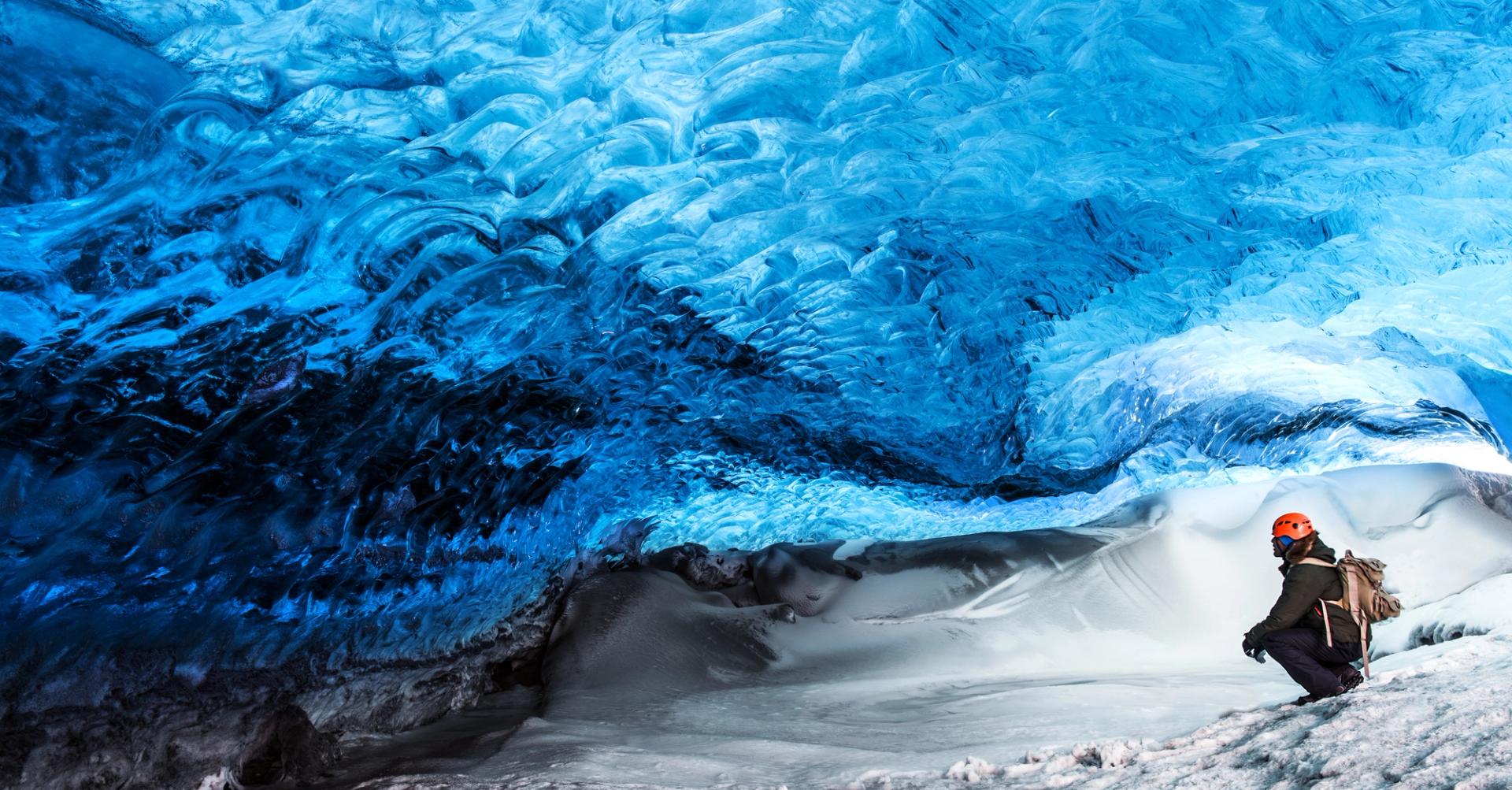 Guides
Guides10 Tips for Saving Money in Iceland
Many claim Iceland is expensive, but it doesn’t have to be. There are several ways to cut unnecessary costs on your trip that I’ll be sharing with you today. If you’re sitting there wondering: How to travel to Iceland on a budget? What is the cheapest month to visit Iceland? Or how much spending money would you need for a week in Iceland? You're in the right place because I'll be answering all that, as well as giving you 10 tips for saving money in Iceland.
Travel to Iceland Off-Season
The summer months, from mid-June to the end of August, are the busiest and most expensive for visitors in Iceland. If you visit during this time, you'll almost certainly spend top dollar and lose out on discounts available later in the year. Hotel rooms and rental cars, for example, are nearly half the price in the winter compared to the summer.

So, if you're flexible about when you want to travel, think about going outside of the summer months, especially July and August. You'll avoid paying the high fees and visiting Iceland during the busiest season. If you still wish to go at this time, go just after the peak season, such as late May, early June, or September.
Despite the higher prices, there is a reason why most people prefer traveling during the summer. It's partly because this is when most people can take vacations, and also when Iceland's weather is at its best when most tourism-related companies, services, and attractions are open. Summer is also the safest time to camp, hike, and drive in Iceland. You only need to rent a car and drive to your destination. It is also the ideal time to see wildlife. So, when deciding on your trip, keep both the advantages and disadvantages in mind.

Never, Ever Purchase Bottled Water
The best drink in Iceland is available for free from every faucet. Tap water here is of exceptional purity. Bring a reusable water bottle to fill up at sinks and water fountains instead of paying for drinks or buying bottled water.
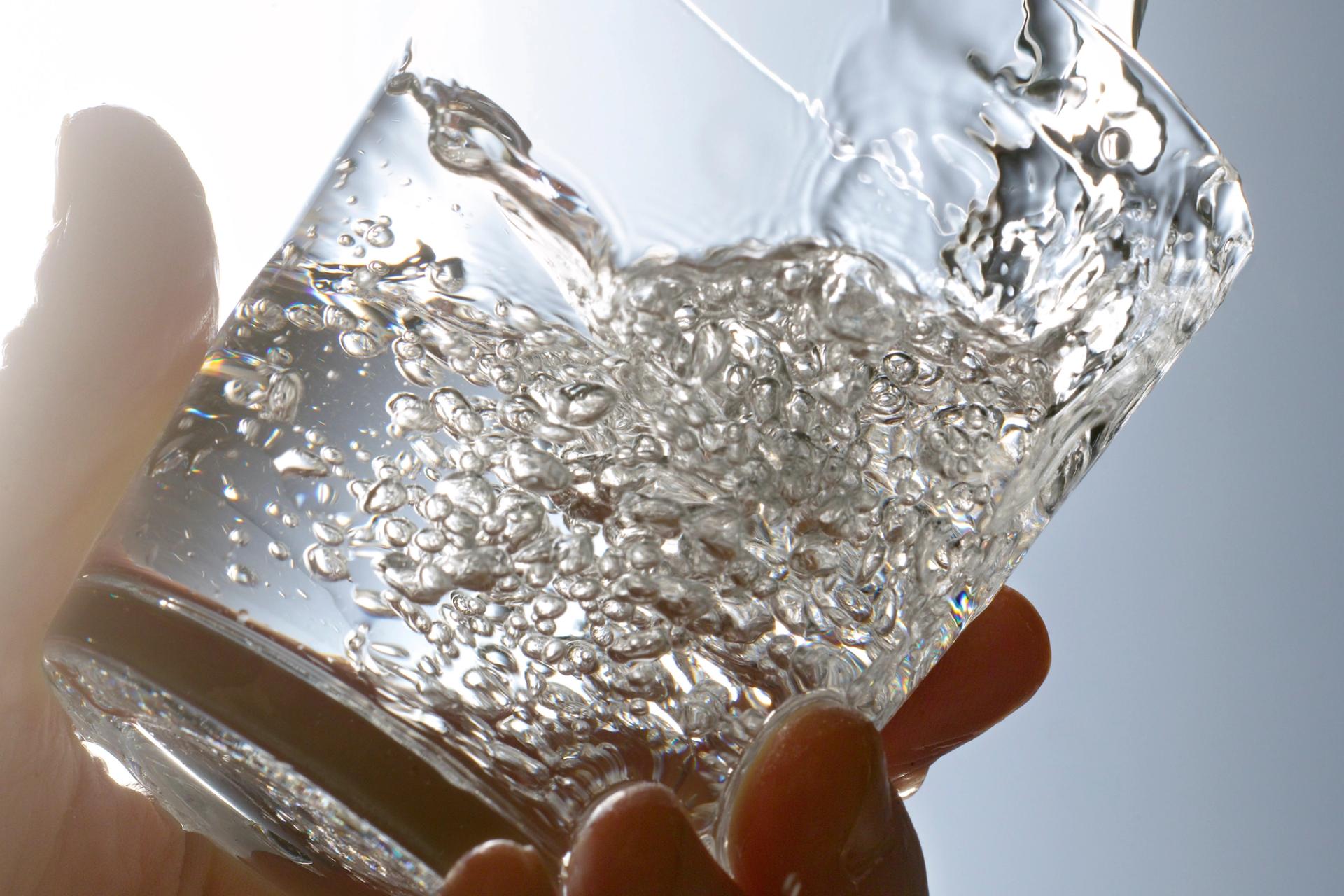
Ask if you have doubts about whether the water is safe to drink or not. You can also find water pitchers in areas such as cafés, gas stations, and fast-food restaurants for guests to serve themselves. If not, ask for water when placing your order. Unless you're desperate for a container to fill up for free, you should never have to buy water in Iceland. That will not only help your finances, but it will also help the environment.
The hot water in some parts of Iceland, mostly in Reykjavik, is geothermal water pumped directly from the ground, giving it a Sulphur odor and taste. It's safe to drink but doesn't taste very pleasant and isn't meant to be consumed. The cold water, on the other hand, comes from a different source and is safe to drink because it has no odor or taste. So, before filling your bottle, let the water cool.
Prepare Your Own Food
Sitting down for dinner in Iceland will noticeably shrink your wallet. Splurging on a nice meal or two during your trip, if your budget allows, maybe a fantastic experience. However, if you want to avoid those eye-watering expenditures entirely and use the kitchen at your guesthouse or hotel, you’ll cut your shopping costs by over a third.

You can even take a step further and bring some ingredients from home if you plan to cook many of your meals. Yep! You can carry up to 3 kg (6.6 pounds) of food into Iceland. Some essentials are inexpensive and easy to obtain after arriving in Iceland, and others are costly or difficult to locate.
Another item to bring from home is a reusable shopping bag. Most grocery stores in Iceland charge for supermarket bags, so bring one. You’ll not only limit the amount of waste you produce (which is a good thing!), but you’ll also avoid paying for bags.
Drink Free Coffee
Most Icelandic banks fill their thermoses with quality coffee to entice future customers. If you're running a tight ship, don't be afraid to treat yourself to a complimentary cup or two every day during your vacation. And if you are a coffee fanatic, you could vary it up by going to various banks to drink an excessive amount without being bothered by a single security guard.
That may not be enough to bring down the entire system, but if you're analytical, dedicated, and brave, you may go a long way toward recouping the extortion cost on overseas transactions. While cafés and restaurants in Iceland might be pricey, when you pay for a cup of coffee, the price almost always includes a refill.
Swim at the Less Expensive Pools
The Blue Lagoon is conveniently located next to Keflavik International Airport, meaning virtually every visitor who visits Iceland does so at least once. Although this is an excellent site to rejuvenate after a long flight, the negative is that it’s somewhat pricey.

If you're on a budget and looking for peace and tranquillity, head to the Secret Lagoon in the town of Flúðir or visit one of the many reasonably priced hot springs scattered across Reykjavik and the countryside. Laugardalur, the city's largest pool, is particularly inexpensive and family-friendly.
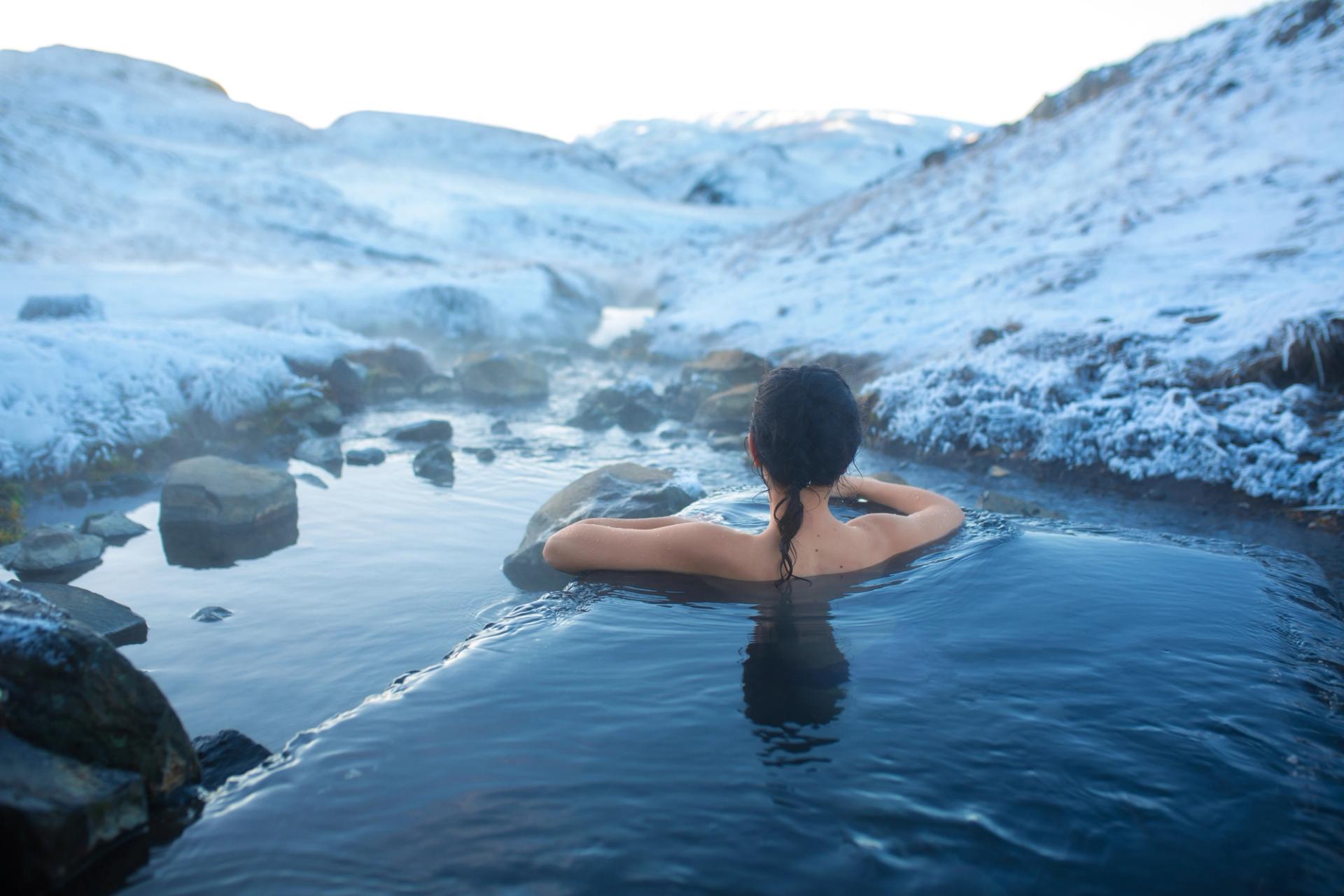
You can also find free hot springs in Iceland by typing "free hot springs" into Google Maps to find some options. With a little research, you'll be able to find a big list of free hot springs around the country that will fit into your schedule. You should know that these free thermal springs aren't as well-maintained as paid ones. Algae and sludge are to be expected. If you don't like it, you should probably stick to the paid options.
Find Travel Companions
If you're planning a solo or couple trip to Iceland, you might want to explore finding some travel companions to help you save money. Groups can save money on everything – from cooking meals to renting flats to taking private trips. A $500 rental car, for example, is far cheaper when shared by four people than when shared by two. Perhaps you have family or friends who want to travel to Iceland with you and split the costs?

If you don't know anyone and don't mind going with strangers, you might look through travel message boards like this to see if anyone else is seeking a travel companion to Iceland. Once you've arrived in Iceland, hostels are a great way to meet other budget-conscious travelers who might be willing to split the cost of a rental car or a grocery store bill. It's important to remember that more isn't always better. If you're traveling with a group of five or more adults, your transportation and lodging options will be more limited. That could raise your per-person travel expenditures.
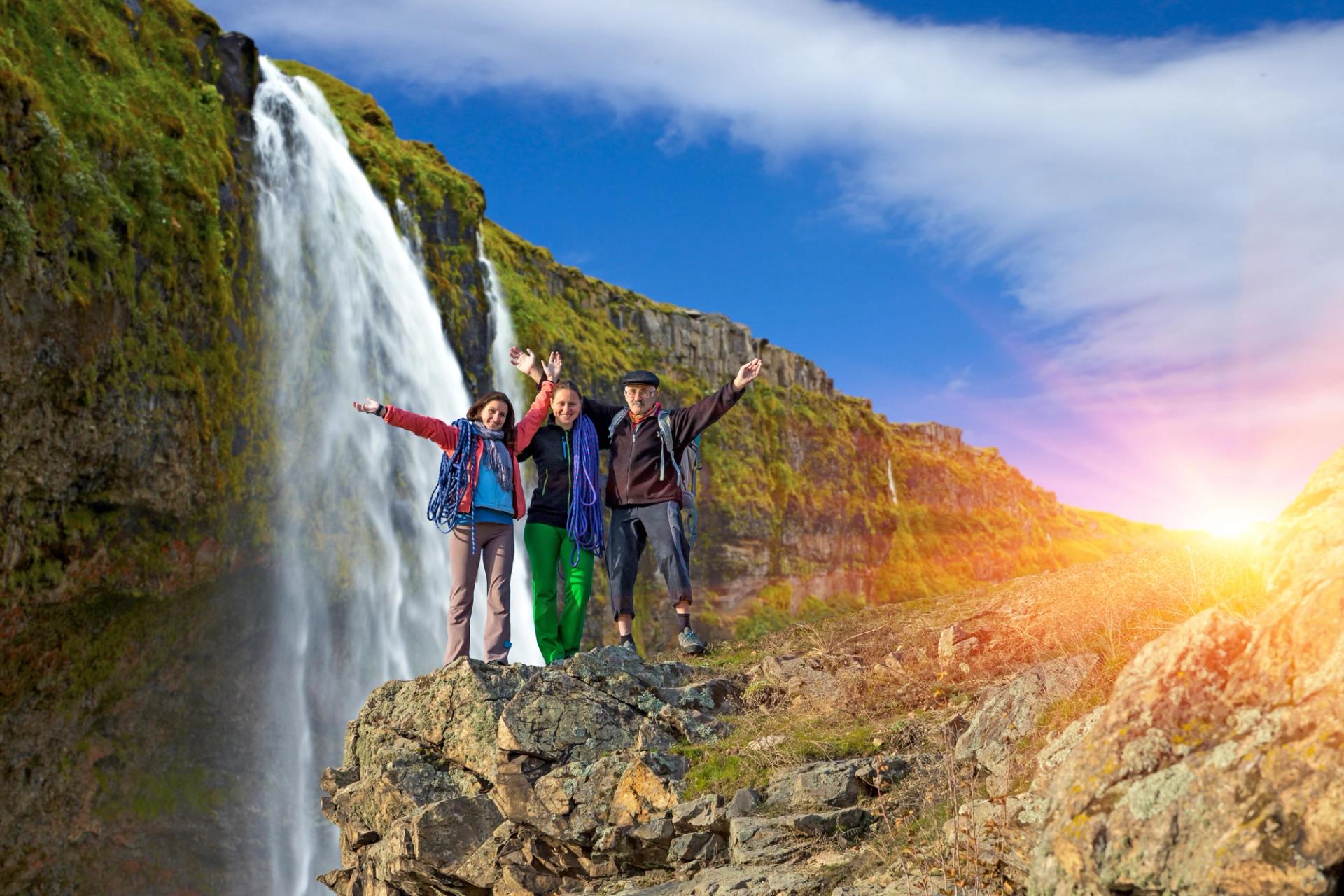
If you can't find somebody to travel with, make sure you compare your possibilities. A group bus tour, for example, may appear to be out of your price range, but the rates typically include practically all of your key trip expenses, such as transportation, a guide, hotel, luggage transfer, sightseeing, and breakfasts. When all expenditures are considered, these may be less expensive (or approximately the same) than doing it yourself, especially if you are traveling alone.
Pack Wisely
When traveling to a different country, picking up a hoodie or an extra pair of shoes along the trip doesn't usually have a significant impact on our budget. That means that if you forget something, it won't be a big concern. Some countries have low prices, and it makes sense to do a little shopping. However, that is not the case in Iceland.
If you realize you need more clothes on day two of your vacation, you'll have to spend a lot of kronor to obtain them. Plus, unless you're in Reykjavik, you might not have a lot of options. Check out this article on what to pack for Iceland in the summer, which will help you pack wisely. Bring attire that you can wear in a variety of settings. Make sure you've got a lot of layers on. Bring a pair of comfortable shoes, at least one of which can get wet.
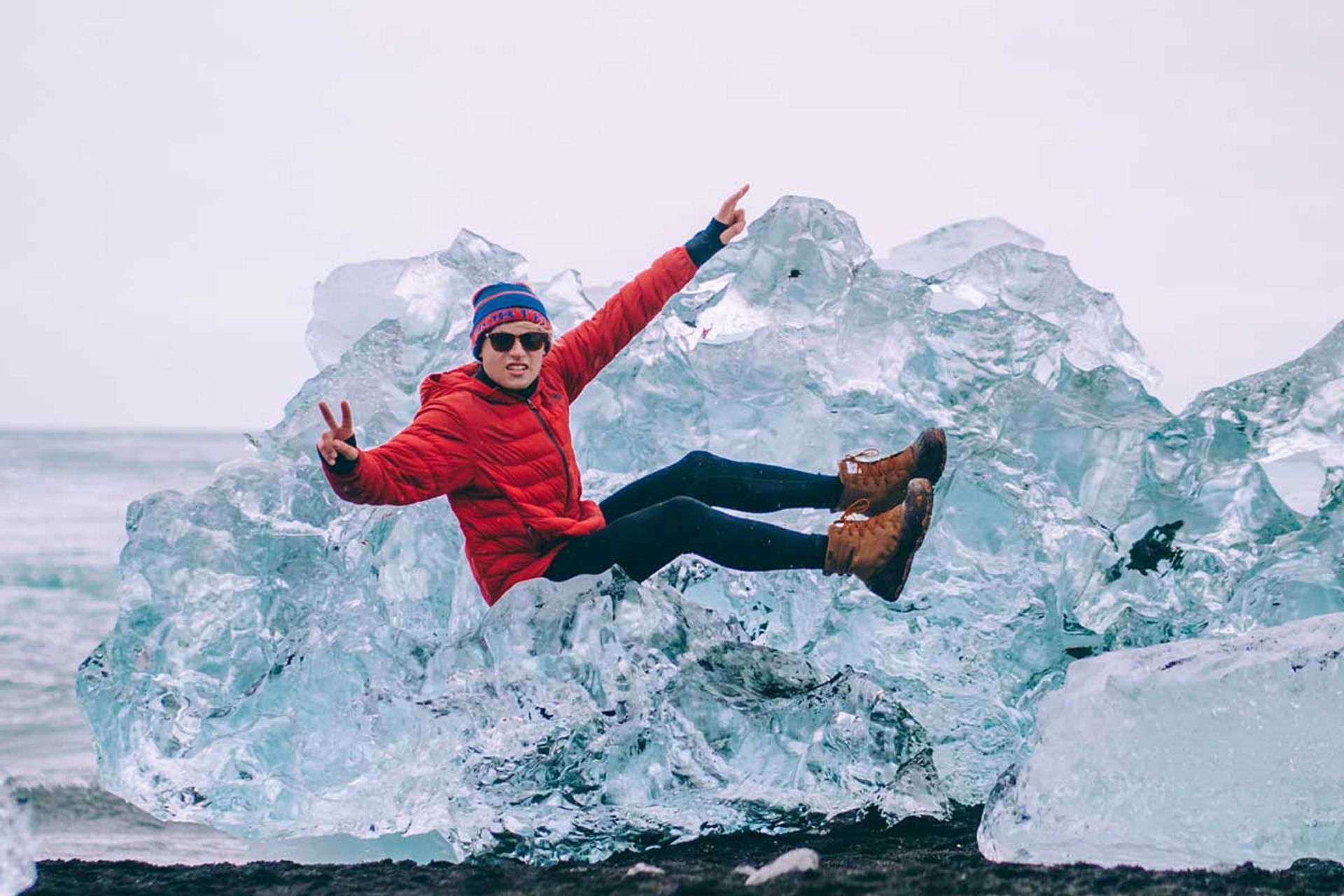
Limit Alcohol Consumption
Alcohol is quite expensive in Iceland due to high taxes and importation costs, whether you buy it at a store or order a drink in a bar or restaurant. Iceland's alcohol costs are among the highest in the world. The most sensible approach to saving money is to avoid drinking altogether. If that’s impossible, you should look for the cheapest drinking options. First and foremost, the cheapest alcohol is usually found in the airport's duty-free shop. So, if permitted, purchase your alcohol at your leaving airport or the Keflavik International Airport after you arrive.
Each person entering the country is given a six-unit alcohol allowance, which means you can buy a bottle of spirits, a bottle of wine, and a six-pack of beer before exceeding your limit. Only the duty-free shop at the airport and the state-run outlets known as Vínbúdin sell alcohol in Iceland. To buy alcohol in Iceland, you must be at least 20 years old. If you want to go out – look for happy hours when drink prices are lower and 2 for 1 discounts are available.
Happy Hours can save you up to 50% on drinks, and it's worth noting that most happy hour deals are in larger towns and cities like Akureyri and Reykjavik. You might have a hard time finding cheaper beverages in small towns or rural areas. In Iceland, drunk driving is a serious misdemeanor that carries hefty fines (even for first-time offenders). So make sure you don't drink anything until you've arrived at your destination for the night!
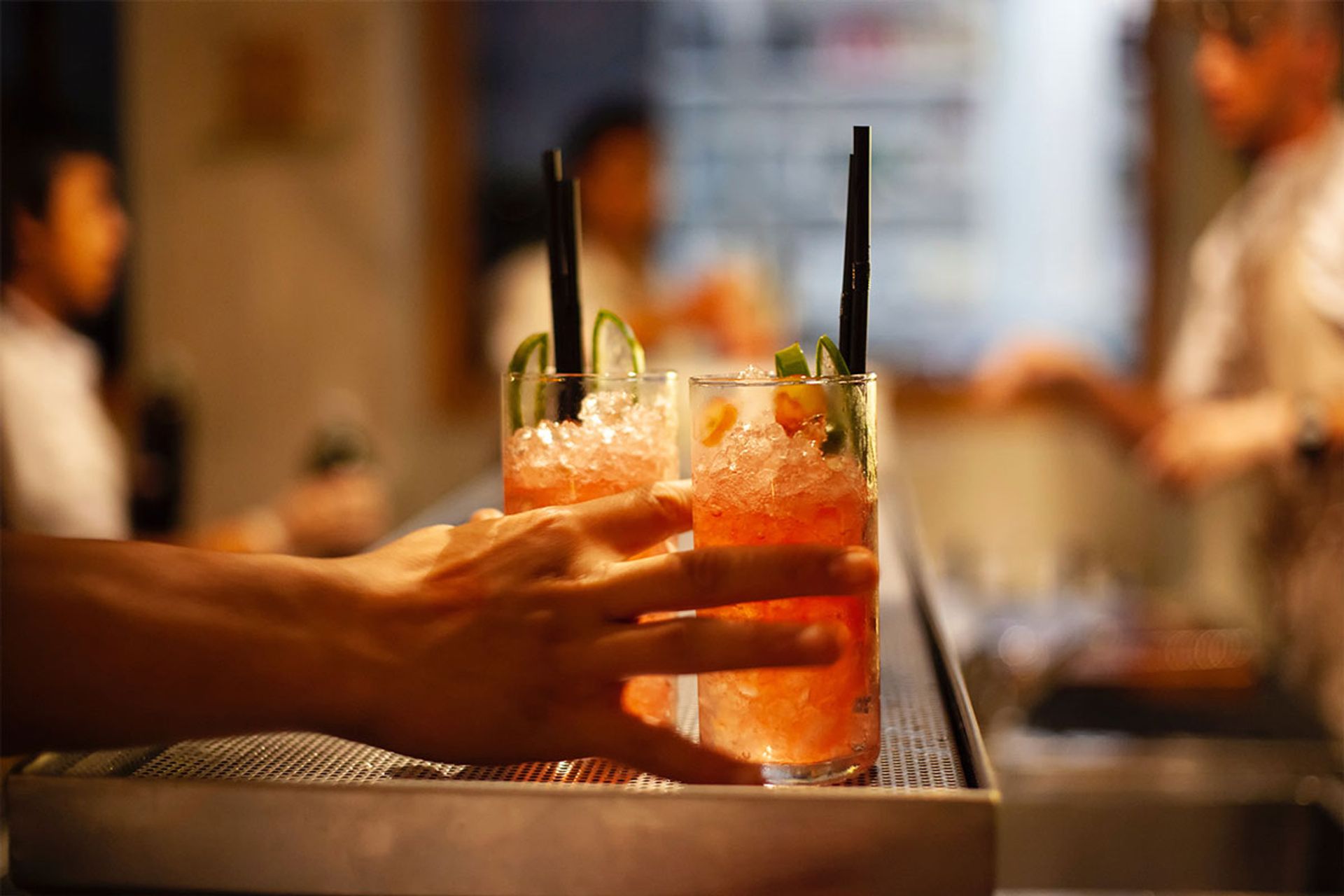
Take Advantage of the Free Activities
One of the most astonishing aspects of visiting Iceland is that most attractions are completely free. You don't have to pay an admission fee to see the best waterfalls in Iceland or walk across the ice lagoon. There are breathtaking views all around the country, and you must drive up to them. The following are some of my favorite free (or inexpensive) sites in Iceland:
- The Snaefellsnes Peninsula
- Stuðlagil Canyon
- Ice Beach
- Jökulsárlón Glacier Lagoon
- Sights along the Golden Circle
- Sólheimasandur Plane Crash
- Pufa (circular hill in Reykjavik)
- Hallgrimskirkja (a historic church)
- Harpa Concert Hall and the Sun Voyageur
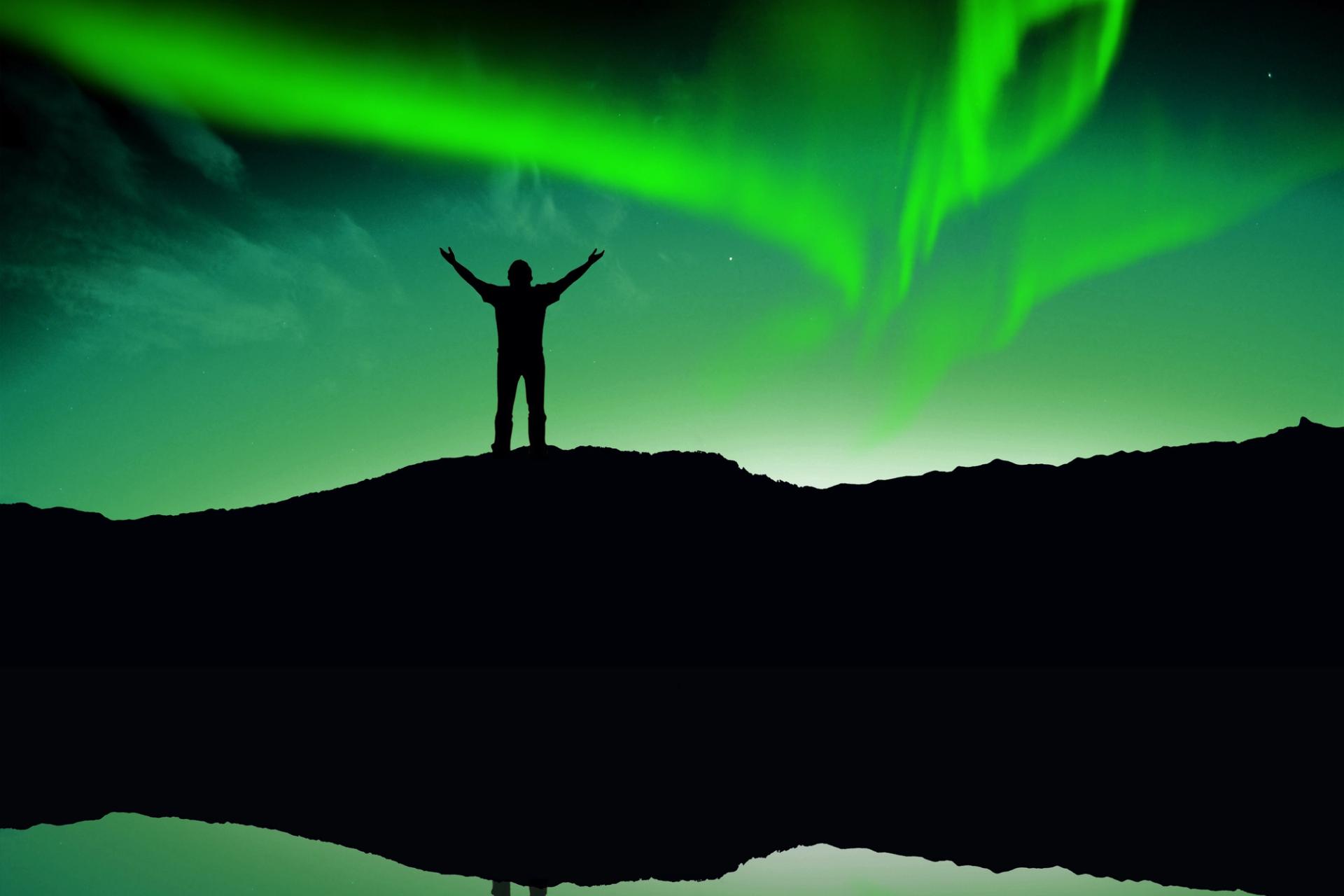
Just look for a local guide to give you a walking tour and teach you one or two things about Iceland. Although the trip is free, you are expected to give tips. I hope you found this article on 10 tips for saving money in Iceland useful. Hoping to see you here soon!
Frequently Asked Questions
Latest Blog Posts
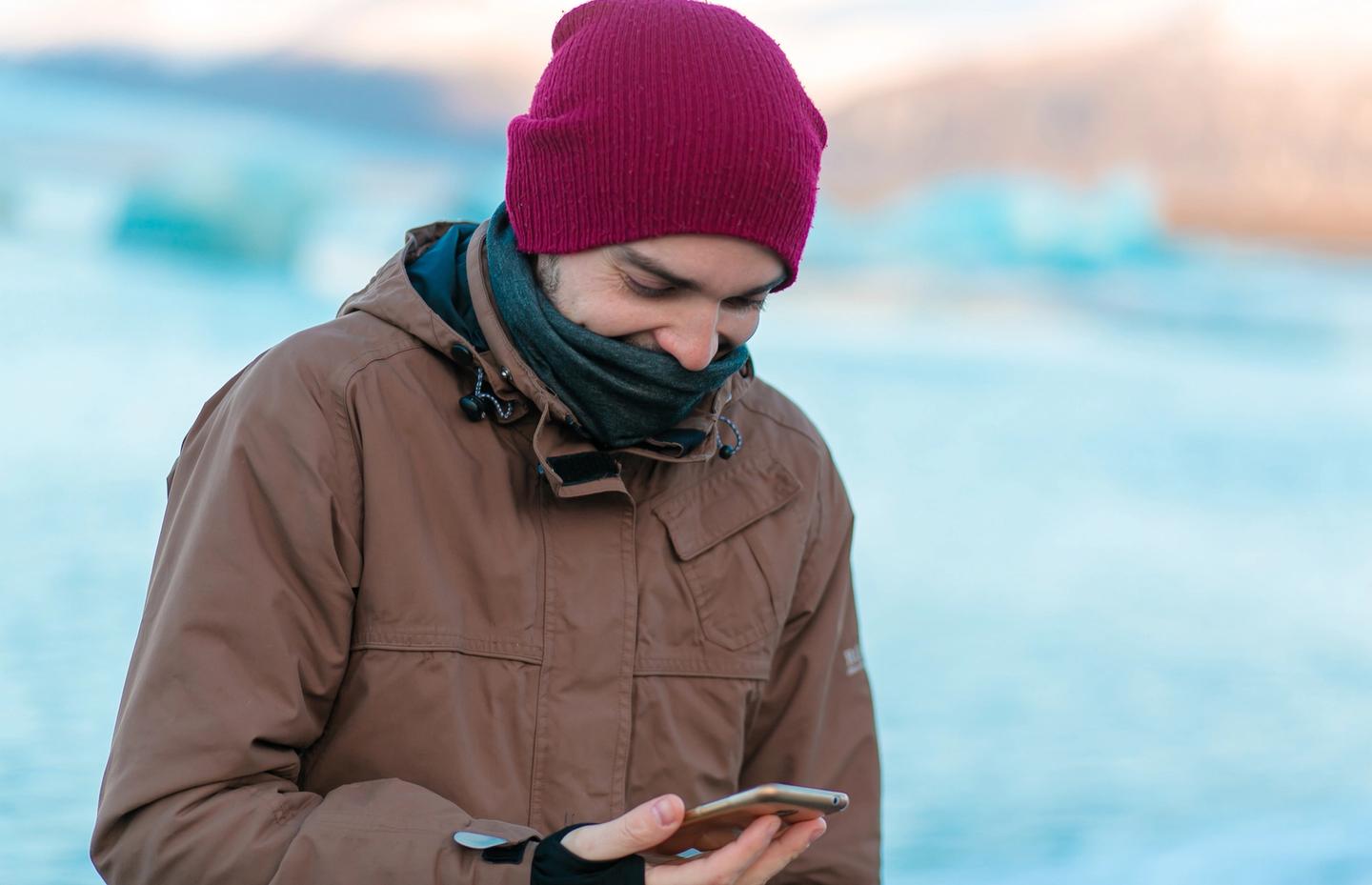 Rental Cars
Rental CarsTop 15 Apps for Your Car Rental Adventure!
Setting off on a once-in-a-lifetime journey through Iceland is the top way to explore it. This breathtaking country is filled with National Parks, black sand beaches, endless ocean views and so much more. Many even spend weeks driving the infamous Ring Road to appreciate it in its entirety.
 Guides
GuidesWhale Watching in Iceland: A Complete Tourist Guide
Iceland is home to 23 different species of whales! These marine mammals call the surrounding Arctic waters their home. In fact, people travel from all over the world to experience whale watching in Iceland. So when is the best time to see these majestic sea creatures and where are the best places to go? This guide will tell you what types of whales you may see and the best way that you can see them! Here are our tips on whale watching in Iceland!
 Guides
GuidesA List of Must-Visit Beaches in Iceland
Calling all beach lovers! Iceland has so many sandy treasures for you to explore. There is truly something for every traveler, from striking black beaches to golden sandy shores. Iceland’s beaches are located all over the country. So you can visit one, or all of the best beaches in Iceland, by taking a road trip. From famous locations to unknown treasures, we got you covered. Enjoy a full beach day in the land of fire and ice. So what are you waiting for? Grab your beach towel and let’s hit the road!